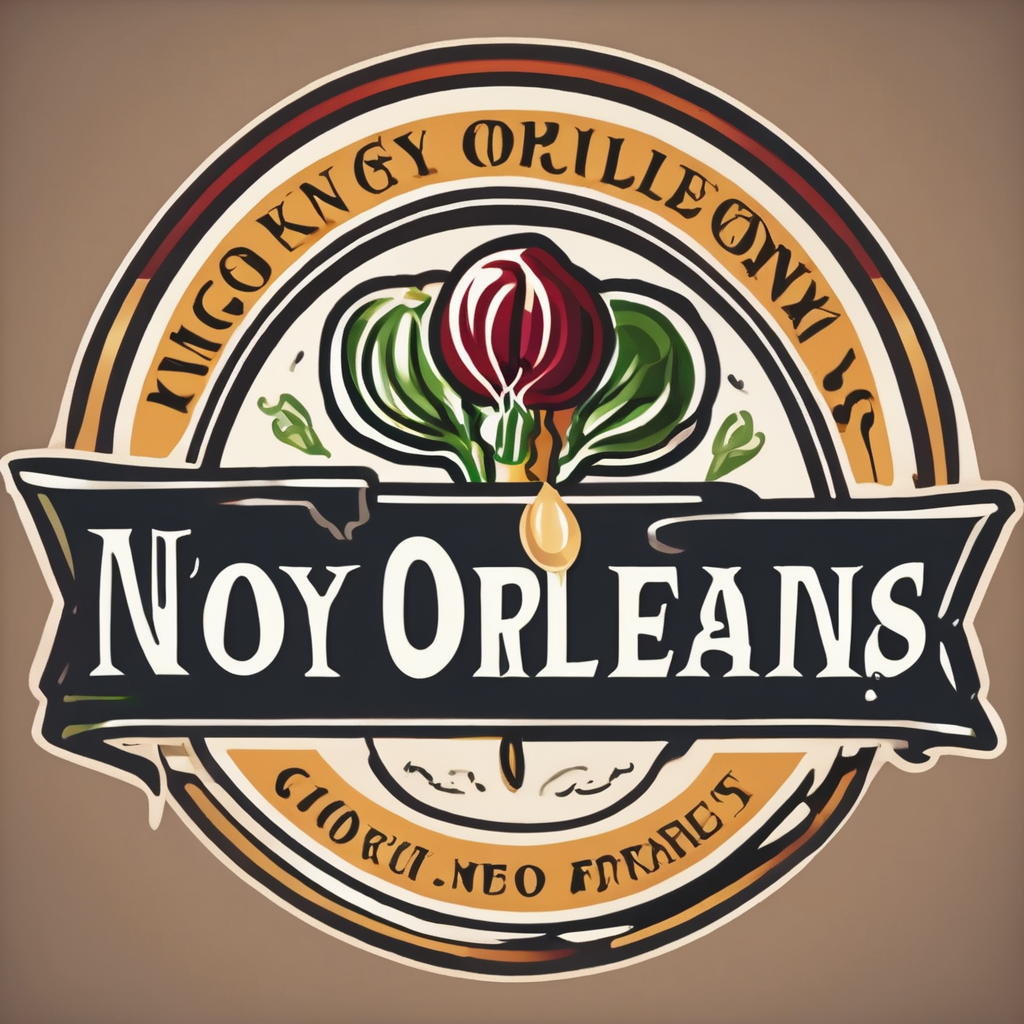Cultural Fusion in UK Kitchen Design
Multicultural influences have become a defining feature of UK kitchen styles, reshaping interiors to reflect a vibrant blend of traditions. Immigrant communities contribute significantly to these evolving kitchen design trends, introducing fresh perspectives that merge with British sensibilities.
For example, South Asian families often inspire the inclusion of spacious cooking zones designed for intricate meal preparations, while Caribbean influences bring bold colour palettes and natural textures into play. These threads intertwine to produce kitchens that balance function with cultural expression.
This might interest you : Essential Factors for Selecting the Ideal Multi-Tiered Oven to Master Advanced Recipes
Global design elements, such as Mediterranean tile patterns or Eastern European handcrafted wooden cabinetry, are increasingly common in UK kitchens. This synthesis allows homeowners to celebrate heritage while embracing contemporary trends. Furthermore, kitchen surfaces frequently incorporate materials that resonate culturally—like lacquered wood or ornamental metals—adding depth to the space.
The result is a dynamic cultural fusion where traditional British kitchen layouts adapt to new routines, and kitchens become hubs of community life, reflecting diverse cooking and dining practices. This intercultural exchange enriches UK homes, making kitchen design an engaging exploration of identity and modern lifestyle.
Also read : How is the rise of smart technology impacting UK kitchen functionality?
Historic and Contemporary British Influences
The evolution of British kitchen history reveals a fascinating journey from utilitarian, often austere spaces to vibrant, modern UK kitchens that blend tradition with innovation. Classic British kitchen design focused on functionality, featuring durable materials like oak and pine, and layouts centered around the hearth or stove. These elements ensured practicality and warmth but limited stylistic variation.
Today, modern UK kitchens maintain respect for these traditional roots while adopting sleek aesthetics and advanced technologies. For example, shaker-style cabinetry—a hallmark of traditional kitchen style—remains popular but is now paired with minimalist handles and contemporary integrated appliances. This fusion enhances usability without sacrificing charm.
Iconic British materials, such as stone countertops and timber flooring, persist across kitchen design trends, grounding spaces in heritage. However, modern designs also embrace open-plan layouts and multifunctional zones to suit contemporary lifestyles.
By weaving historical characteristics into evolving kitchen design trends, UK homes celebrate their past while addressing present-day preferences. This blend ensures that the distinctiveness of traditional kitchen style endures, even as British kitchens adapt to new ways of living and entertaining.
Specific Cultural Contributions to Kitchen Styles
Distinct cultural contributions profoundly shape UK kitchen styles, enriching interiors with diverse ethnic kitchen trends. South Asian kitchens often emphasize expansive workspaces and durable stove areas to accommodate elaborate cooking processes, reflecting family-centric meal preparation traditions. These kitchens may also feature vibrant colours and intricate tile patterns, enhancing both utility and aesthetic appeal.
Caribbean influences introduce dynamic palettes with bold, warm hues and incorporate natural materials like rattan and wood, promoting a lively yet inviting atmosphere. Mediterranean trends bring handcrafted cabinetry, terracotta tiles, and open shelving, combining rustic charm with practicality. Eastern European design contributions often showcase solid wood elements and folk motifs, giving kitchens a cozy, artisanal feel.
Real-world examples frequently show these multicultural elements integrated harmoniously within British homes, blending ethnic kitchen trends with modern UK kitchens. The result is a rich layering of style and function, where cultural decor enhances both the look and usability of spaces. By embracing these diverse cultural contributions, UK kitchens become personalized environments that celebrate heritage while serving contemporary lifestyles effectively.
Material Choices and Decorative Elements
In UK kitchen styles, material choices and decor influences draw heavily from a rich tapestry of cultural origins, shaping both aesthetics and functionality. For example, Mediterranean kitchens often feature terracotta tiles and wrought iron fixtures, bringing warmth and artisanal charm. South Asian design traditions contribute intricate tile patterns and lacquered wood surfaces, which add texture and depth to kitchen interiors.
Kitchen materials in multicultural UK homes frequently combine traditional British elements like timber and stone with cultural accents such as ornamental metals and colourful ceramic mosaics. This fusion reflects a global influence on kitchen colour trends UK, where bold, warm palettes coexist with neutral, natural tones to create balanced, inviting spaces.
Decorative motifs are equally significant. Caribbean-inspired kitchens often incorporate rattan accessories and natural fibres, while Eastern European kitchens showcase carved wood detailing and folk patterns. These elements provide both visual interest and cultural identity.
Incorporating culturally significant materials and decor encourages homeowners to celebrate heritage while enriching their kitchen environments. This approach promotes a practical yet expressive design ethos, enhancing kitchen materials and the overall sense of place within contemporary UK kitchens.
Adapting Layouts for Cultural Preferences
Cultural adaptation significantly influences kitchen layouts in the UK, tailoring spaces to meet diverse functional design needs. Many immigrant communities prioritise family-centric layouts, encouraging open-plan kitchens that foster social interaction during meal preparation. These designs often incorporate multi-functional zones accommodating both cooking and communal gatherings.
Traditional cooking methods shape spatial organisation as well. For example, South Asian kitchens typically feature dedicated areas for extensive stove usage and multiple burners, supporting elaborate meal preparation styles. Similarly, Caribbean kitchens may include ample countertop space for food preparation alongside seating areas that invite family cohesion.
In addressing cultural preferences, kitchen zoning becomes crucial. Distinct zones for cooking, washing, and dining reflect varied dining customs and enhance workflow efficiency. This culturally sensitive approach ensures that kitchen layouts serve practical purposes and nurture social traditions.
The inclusion of specialized appliances—like tandoor ovens or ceramic cookers—further illustrates how functional design adapts to ethnic needs within UK homes. Ultimately, these adaptations provide versatile, welcoming spaces that honour cultural heritage while aligning with contemporary living standards.
